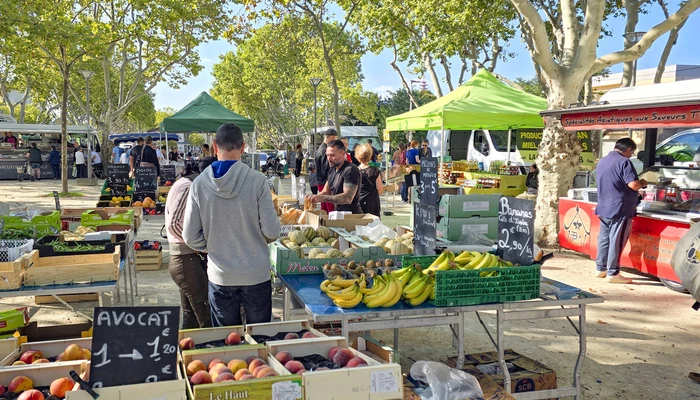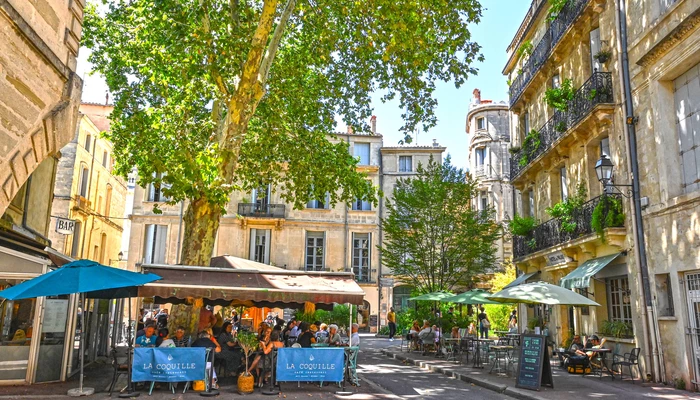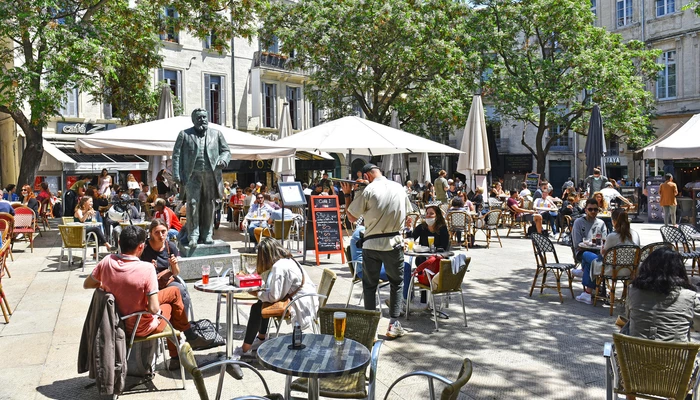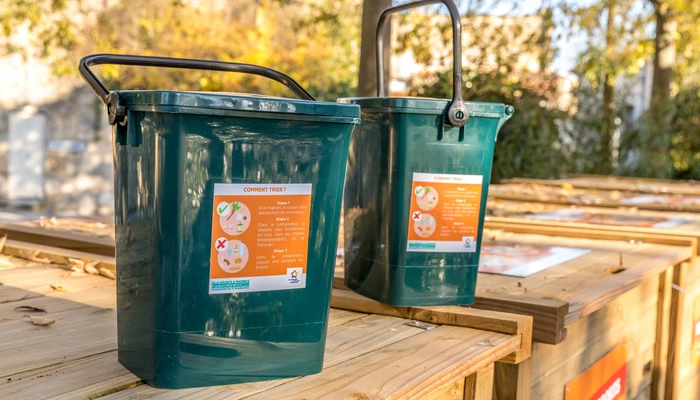Organizing an event on public property
Montpellier guides you
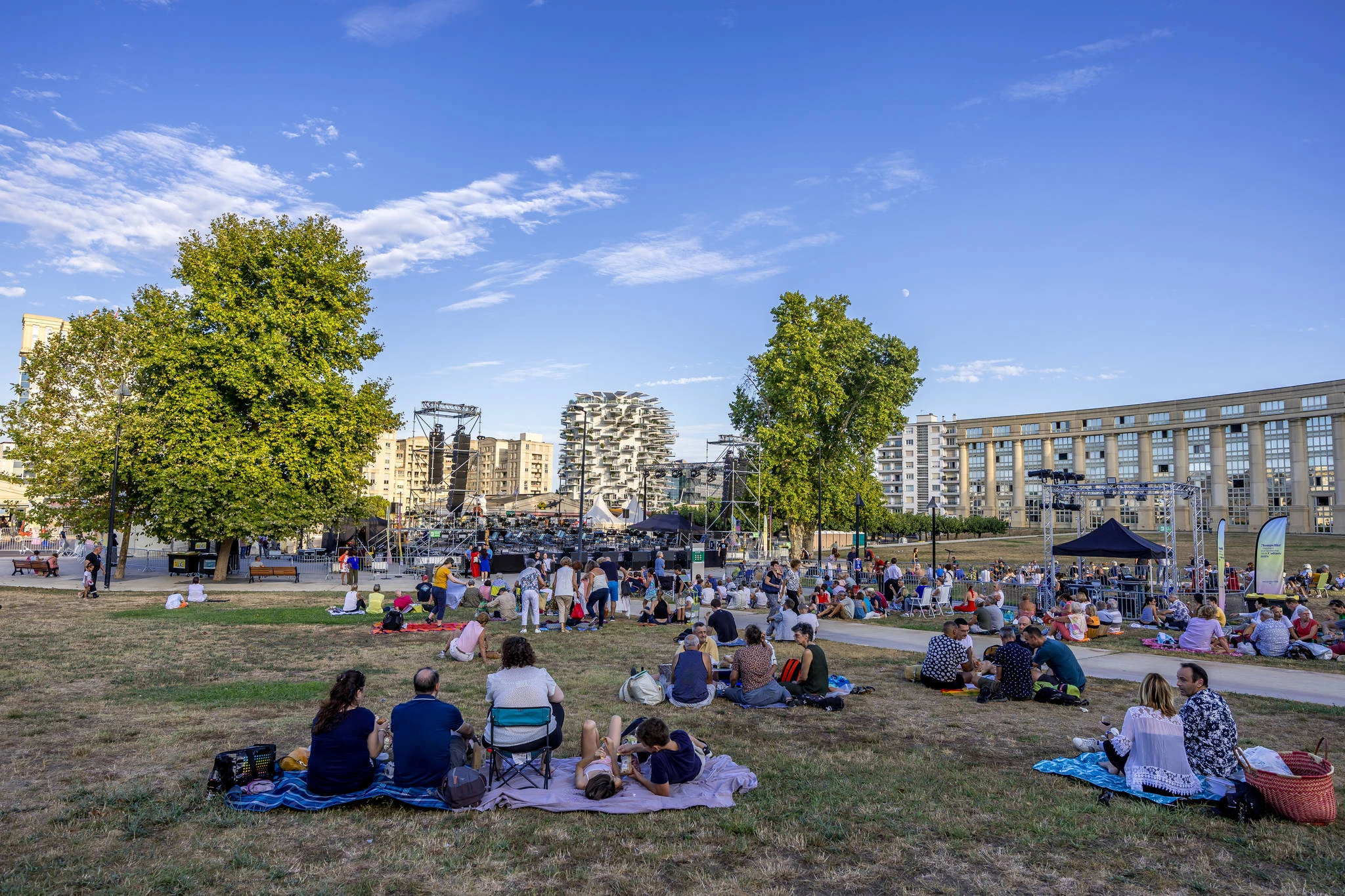
The organization of events on the public domain is an essential component of urban life. Whether it's for cultural festivals, charity fairs, commercial events or other festive gatherings, these occasions offer citizens the opportunity to get together, celebrate and exchange, thus contributing to the vitality and dynamism of our territory.
However, it is imperative to take into consideration the issues linked to the safety of participants and property, as well as public health and tranquillity, to ensure the success of each event.
To this end, the City of Montpellier provides you with:
- A guide to events,
- Rules governing the occupation of the public domain during an event,
- A charter for responsible events and demonstrations.
Request to occupy the public domain
For any request to occupy the public domain, it is imperative to complete the formulary for authorization to occupy the public domain during an event.
Also, if your event involves the distribution of alcohol, it is imperative to simultaneously complete the form for a temporary 3rd category drinks outlet.
Please note, your application must be submitted at least 3 months before the event date.
Fees for occupying the public domain
The City has set up a public domain occupation fee simulator. It will be necessary to include this amount in the financing plan for your event.
Note that non-profit associations do not have to pay a fee to occupy public space.

